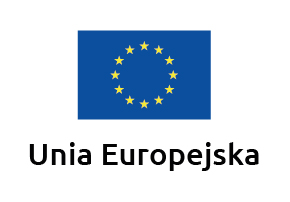Szanowni Państwo,
uprzejmie informujemy, że z dniem 01.02.2024 zaktualizujemy ceny niektórych usług. Zachęcamy do zapoznania się z nowym cennikiem.




To increase the chances of a successful pregnancy, more egg cells are fertilised in almost every IVF cycle. Under current legislation, this is usually six egg cells, but for women who are over the age of 35, the Infertility Treatment Act allows for more eggs to be fertilised. After the transfer of 1-2 embryos, the remaining embryos are subjected to a cryopreservation process, by vitrification. This allows them to be stored safely.
Freezing embryos allows them to be used in subsequent cycles when the first IVF attempt fails or, on the contrary… when it succeeds and the couple decides to have another child.
The development of the embryo freezing procedure provides an additional opportunity to achieve pregnancy without patients having to undergo the full IVF procedure again – in particular, the need for hormonal ovulation stimulation and ovarian puncture is avoided.
In the event that a couple already has the number of offspring they dream of, they can donate the frozen embryos to the donation programme – voluntary donation of embryos to couples struggling with infertility.
Until they are used, the embryos are stored safely in liquid nitrogen at -196˚C, under 24/7 monitored conditions, and await the right moment for transfer. Most often in Fertility Treatment Clinics, embryos are frozen at day 3, which is the stage of several blastomeres, or at the blastocyst stage at day 5.
The length of time embryos are stored does not affect the success of treatment.
Cryopreservation of embryos is currently carried out using the most modern method – vitrification.
Vitrification involves dehydrating the embryo so that ice crystals do not form in the embryo during freezing, which could damage it. Cryoprotectors are also used, whose role is to protect the embryo from the adverse effects of low temperatures. Thanks to all these procedures, embryos can be safely stored for an unlimited period of time.
Vitrification is the most effective method of embryo preservation.
At the ARTVIMED Infertility Diagnostics and Treatment, more than 95% of frozen embryos are viable for later use.
Pre-transfer embryo thawing
Once the date of the planned transfer is known, embryologists carry out the embryo thawing procedure. The process involves very quickly removing the embryo from liquid nitrogen and placing it in special substrates. The embryo is incubated for a few minutes in substrates that allow the cryoprotectants to be flushed out of the embryo and the embryo to be adequately hydrated.
Immediately after thawing, the cells of the embryo are ‘shrunken’, it is only with the flow of time that the embryo regains its original shape – the blastocyst cavity enlarges and the cells forming it expand.
The embryos are thawed approximately 3-4 hours before the scheduled transfer, such time being optimal for the re-hydration of the cells and the return of the embryos to the morphology at the time of freezing.
At the ARTVIMED Centre for Reproductive Medicine, the rate of biochemical pregnancies after transfer of thawed embryos in 2015-2016 was as high as 48%, while the rate of clinical pregnancies after transfer of thawed embryos in the same period was 36%.